The scientific name for the tomato horned worm is “tomato hornworm” (Manduca quinquemaculata). Also called “tomato worm” or just “hornworm” the tomato horned worm is one of the most popular types of hornworms found in nature. Adult tomato horned worms are typically 3 to 5 inches long and they have a large black horn on their rear ends. This horn may look like it can do plenty of damage, but its actually quite harmless. A hornworm will spit out the contents of its stomach, it will wiggle and thrash about, and it may even wrap itself around your finger, but the horn does not have the ability to sting or pierce the skin. It is important to keep in mind, however, that the hornworms’ “wrap” can be quite uncomfortable, so it’s best not to handle them for too long.
While tomato horned worms are not considered harmful to humans, they are extremely harmful to plants, vegetables, and landscaping. Tomato horned worms appetites’ are extremely healthy, so they will nosh on your tomatoes, leaves, and fruits for hours and hours on end if you allow them to. In addition to tomatoes, tomato horned worms are also attracted to eggplant, potato, and pepper.
If you have a small garden and if you don’t notice white protrusions (sign of a parasite infestation) on any tomato horned worms that you see, it’s ok to quickly handpick the tomato worms from your garden in order to get rid of them. You can drop them in a bucket of water or snip them in half. This is considered an effective method of control in small gardens. Other effective methods of controlling tomato horned worms in your garden include: rototilling and biological treatment. Rototilling means to turn up the soil after harvest. This will destroy any pupae that may be there. Biological treatment with Bacillus thuringensis, or BT (e.g., Dipel, Thuricide), will kill the tomato worms and it is especially effective on smaller larvae. BT must be used with extreme caution because it can be harmful to humans.
Tomato Horned Natural Enemies
The tomato horned worm may be infected by a number of parasites at any given time, but the most common is the braconid wasp. The larva hatch on the tomato horned worm and it feeds on the worm’s insides until the wasp is ready to hatch. The cocoons are quite visible to the naked eye and they look like raised white bumps or protrusions on the tomato horned worms body. It’s probably not a good idea to handle a worm that shows signs of a parasite infestation, but leaving a few in your garden can be a good thing. Once the wasps emerge from their cocoons, they will kill the tomato horned worm host then seek out other tomato worms to infest. This natural enemy is an effective treatment for tomato horned worm infestations.
All About Worms is always free, always reader-supported. Your tips via CashApp, Venmo, or Paypal are appreciated! Receipts will come from ISIPP Publishing.



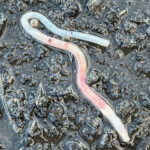
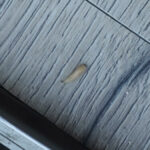
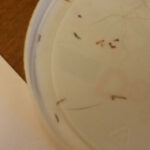
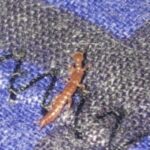

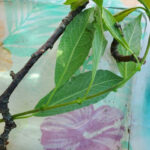
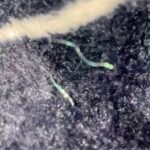
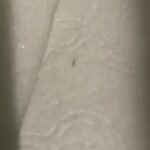
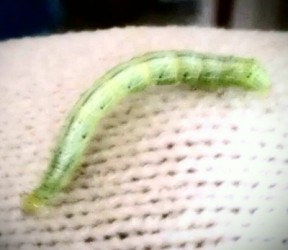
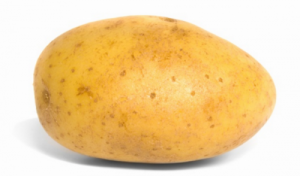



In Nevada the sphinx moths have all but disappeared. They look like half sized humming birds and fly the same. I remember catching them around sunset on summer nights on the honey suckle. If they are on your plants move them to a sacrificial plant and they will leave the others alone. Some people even plant extra tomatoes for them to live on. Do you realize one of the caterpillars will feed a baby bird all day? I am saddened when the local garden show says to destroy them with poisons or trips etc. Give them one plant to survive!